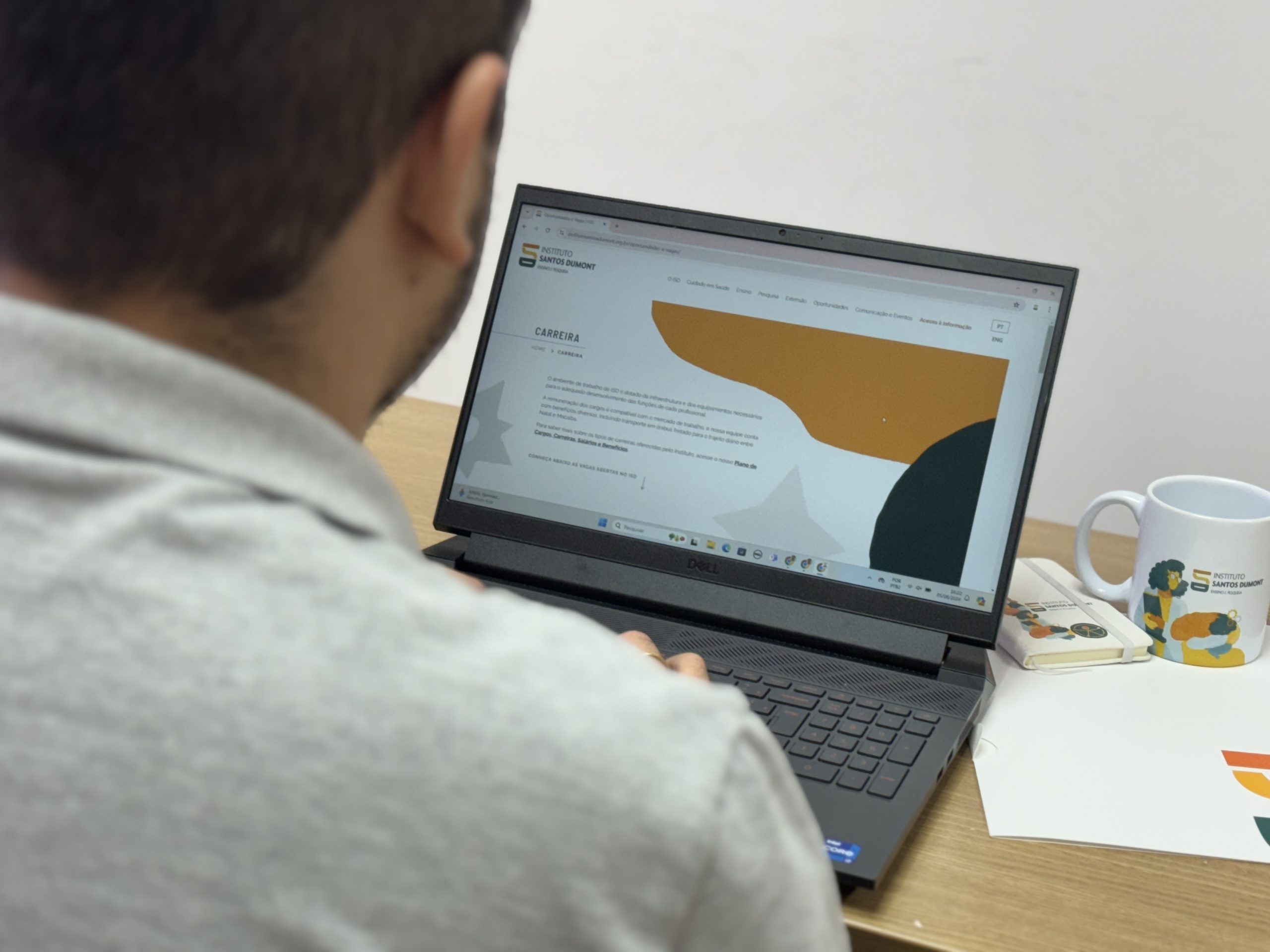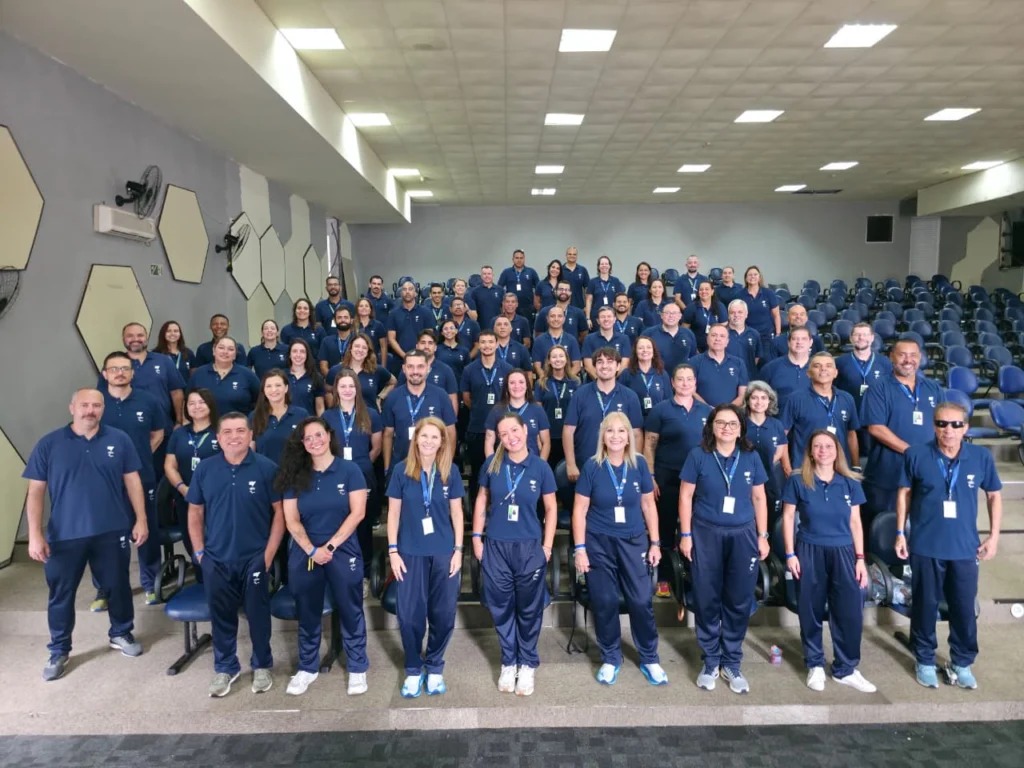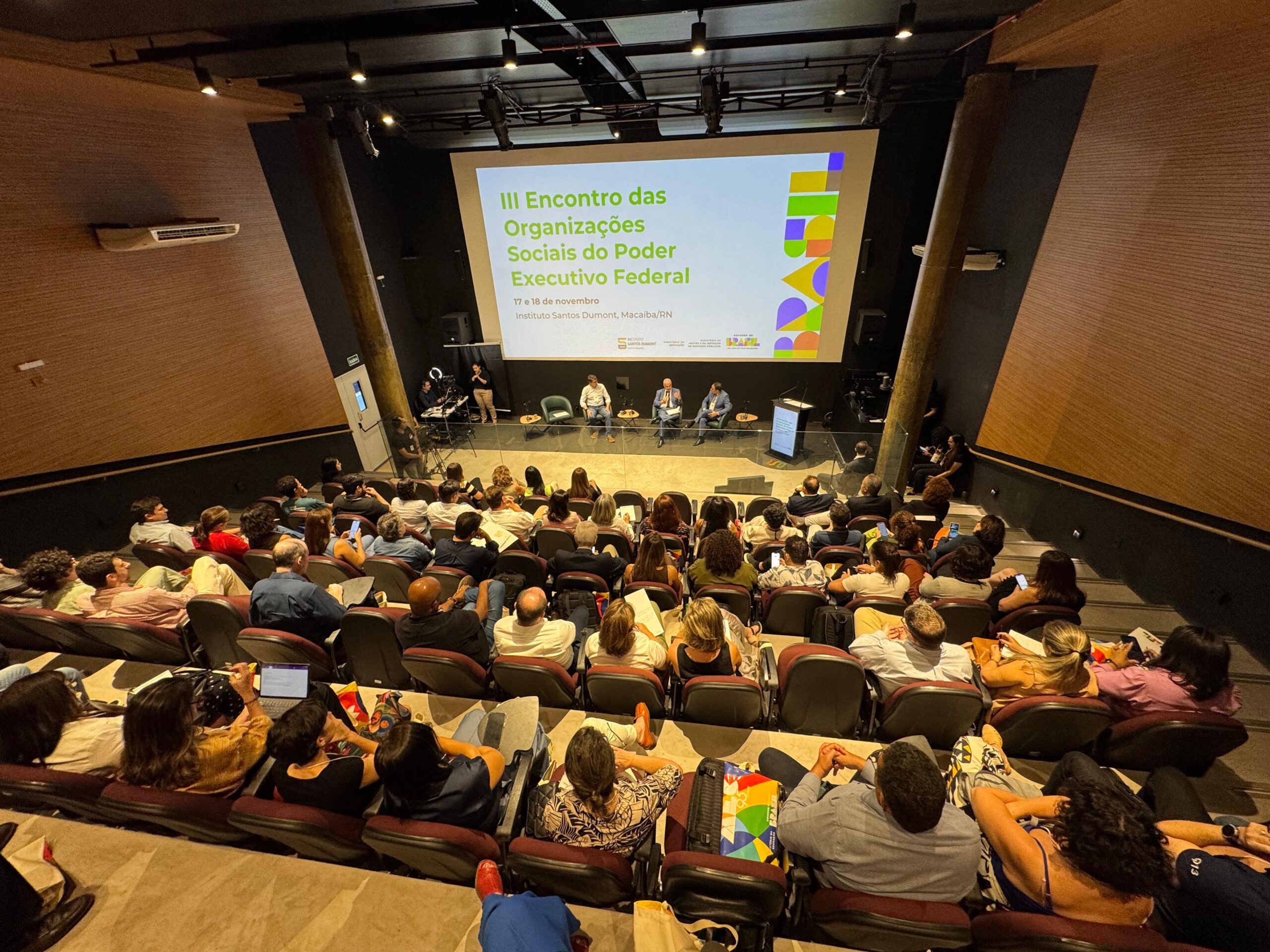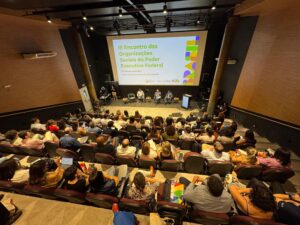The number of births of babies with indications of congenital malformations in Rio Grande do Norte fell by 16,29% between 2016 and 2021, according to data from the State Department of Public Health (Sesap/RN) analyzed by the Santos Dumont Institute (ISD). This March, actions in several countries draw attention to World Congenital Anomalies Day, which constitute a group of structural or functional changes that occur during intrauterine life and can be identified during the gestational period through imaging tests. Congenital anomalies are, according to the Ministry of Health, the second leading cause of death among children under five years of age in Brazil. Prenatal diagnosis, in most cases, is the decisive factor for the effectiveness of the perinatal care that these children and their families need.
“Before the birth of the baby, having the opportunity to learn about the congenital anomaly, learn more about it and the possibilities of treatment or care, and, above all, being able to deal with the different dimensions that such a diagnosis brings with it, are some of the aspects which make me highly value fetal medicine as an essential area of activity and a determinant of greater qualification and safety in perinatal care. I consider it transformative that people with disabilities can be better welcomed from before they are born and that this line of care includes the needs, values and particularities of these families. If every act of health care involves a strong component of health education and citizenship, with regard to congenital anomalies, this is especially important”, analyzes the obstetrician specializing in fetal medicine and director of the ISD, Reginaldo Freitas Jr..
According to data from Sesap, in 2016, 405 cases of congenital anomalies were recorded in Rio Grande do Norte, compared to 339 in 2021. The most common type of congenital malformation is the deformity of the musculoskeletal system, which consists of musculoskeletal deformities such as foot- crooked and hip dislocation, for example, with 910 occurrences in the period. Despite the reduction in cases when analyzing the State of Rio Grande do Norte as a whole, some Health Regions showed an increase in occurrences, such as the 2nd Region, which includes, among others, the municipalities of Mossoró, Apodi and Areia Branca. In the 13 cities that make up this area, cases jumped from 11 to 37 in six years. In the 7th Health Region, which encompasses Extremoz, Natal, Macaíba, Parnamirim and São Gonçalo do Amarante, there was a reduction from 197 to 134 records in the period.
According to the Ministry of Health, “many anomalies are subject to intervention, improving the quality of life of affected individuals, as well as preventing the emergence of new cases with the adoption of measures such as vaccination, adequate intake of folic acid and iodine, among other actions”.
Microcephaly
Rio Grande do Norte, as detailed in the Brazil Health Survey 2020/2021 – Priority Congenital Anomalies for Birth Surveillance, from the Ministry of Health, alongside the States of “Acre, Rondônia, Ceará, and Espírito Santo began to present high prevalence from the year 2015, compared to those of previous years”. The study identified higher prevalence rates than those observed in Europe, reaching 3.67 cases for every 10,000 live births in Rio Grande do Norte during the period analyzed.
One of the children born with microcephaly in Rio Grande do Norte at the end of 2014 was Eliza Gabrielly Lima, now 7 years old. She has been treated since she was born at the clinics of the Santos Dumont Institute (ISD), in Macaíba. The cause of microcephaly is still unknown, despite coinciding with the first records of the condition caused by the Zika virus in the State. “I had Zika, but it was after she was born. We did the tests and they all came back negative. Today, we hope to carry out the test that can identify the inborn error of metabolism, which may be the cause of microcephaly. We have already carried out several other tests and found nothing”, says Elaine Cristina de Lima, 33 years old, Eliza's mother.
According to the Oswaldo Cruz Foundation (Fiocruz), Brazil experienced a Zika epidemic during the end of 2015 and beginning of 2016, with more than 2,700 cases of microcephaly and 40 deaths reported at the time. The majority of them are concentrated in the states of the Northeast region. Microcephaly is an example of a congenital anomaly that occurred in 126 children born since that year linked to the Zika virus in Rio Grande do Norte alone. “Congenital Zika is characterized by the transmission of the Zika virus from mother to baby during pregnancy. In the fetus, the virus can lead to the development of malformations of the nervous system – among which microcephaly has stood out”, highlights Fiocruz.
What draws attention to the case in relation to Elaine Cristina is the history of congenital malformations in the family. As reported, she lost two brothers who were born with different congenital diseases. “One of them died moments after giving birth. He had a series of malformations. The other died at the age of two. This one had cerebral palsy,” he says. Asked whether her daughter's case could be linked to her family history, Elaine reports that the geneticist who accompanies Eliza ruled out this risk.
World
More recent data released by the World Health Organization (WHO) indicate that approximately 61 TP3T of newborns have some type of congenital anomaly and, each year, around 295 thousand children die in the first four months of life as a result of these changes.
Occurrences in RN
Types of congenital malformations in Rio Grande do Norte, from 2016 to 2021:
Deformity of the Musculoskeletal System: 910
Nervous System: 318
Eye, Ear, Face and Neck: 189
Genital Organs: 182
Cleft Lip and Palate: 149
NCOP Chromosomal Anomalies: 122
Other Malformations of the Digestive System: 104
Other Malformations: 103
Circulatory System: 102
Urinary Tract: 32
Respiratory System: 28
Hemangioma (tumor) of any location: 5
Source: Sesap/RN
Understand the main causes and the most common malformations
Most birth defects occur in the first 3 months of pregnancy, when the baby's organs are forming. Congenital anomalies can have genetic, infectious, nutritional or environmental origins. Although it is difficult to identify the cause in most cases, there are factors that increase the chance of these problems occurring:
– smoking, using alcohol or drugs during pregnancy;
– obesity and/or uncontrolled diabetes before and during pregnancy;
– use medications that are not recommended during pregnancy;
– having someone in the family with a birth defect;
– mother’s age over 35 years.
There are rare defects, such as microcephaly, or common defects, such as facial clefts or skeletal dysplasias. The most common serious disorders at birth are those in the heart, neural tube and Down Syndrome.
In every pregnancy, a woman has about a 3-6% chance of having a baby with a birth defect, which is called background risk. Many can be prevented or treated with basic measures in adequate prenatal care, such as vaccinating girls against rubella (prevents congenital rubella syndrome) and fortifying foods with folic acid and vitamin B-12 (to prevent the occurrence of neural tube defects such as spina bifida and anencephaly).
Source: Ministry of Health
Text: Ricardo Araújo / Ascom – ISD
Photo: Ricardo Araújo / Ascom – ISD
Communication Office
comunicacao@isd.org.br
(84) 99416-1880
Santos Dumont Institute (ISD)
It is a Social Organization linked to the Ministry of Education (MEC) and includes the Edmond and Lily Safra International Institute of Neurosciences and the Anita Garibaldi Health Education and Research Center, both in Macaíba. ISD's mission is to promote education for life, forming citizens through integrated teaching, research and extension actions, in addition to contributing to a fairer and more humane transformation of Brazilian social reality.













